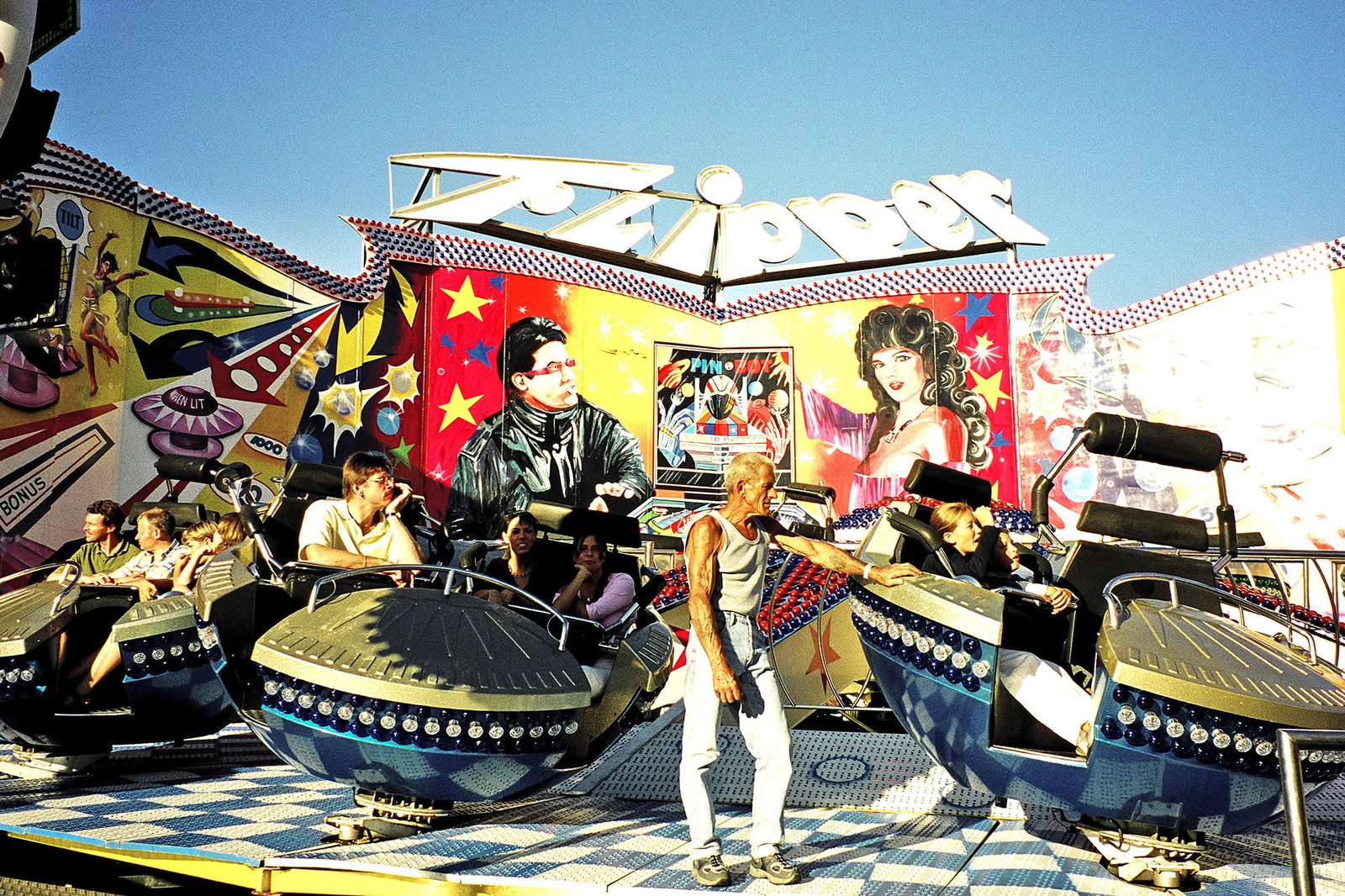

The artist photographer Kiki of Paris has titled his entire body of work The Whisper of the Past, a name that profoundly embodies his artistic vision and philosophy of photography. For the artist, each photograph is far more than a simple image: it is a time capsule, a window into a precise moment, frozen yet resonating through the ages.
Photography, in its essence, possesses a unique power of memory, the gift of capturing the ephemeral and transforming it into the eternal.
According to Kiki of Paris, photography is an art that allows a moment to be preserved in a precise space-time continuum. Each photograph is a sealed capsule, a bubble where past and present harmoniously coexist. When we gaze at a photograph, we are not merely looking at a frozen image - we are stepping into a fragment of the past, a whisper that murmurs stories long gone.
This concept of a time capsule echoes the work of certain painters who sought to capture fleeting moments on canvas. Take, for example, the paintings of Vincent van Gogh. Works such as The Starry Night or Sunflowers are not mere depictions of landscapes or flowers; they are frozen moments, imbued with
the emotion and vitality of the time they were created.
Likewise, Kiki of Paris’ photographs capture intimate moments, street scenes, fleeting expressions - transforming each image into a gateway to a world that no longer exists.
Consider the works of Edward Hopper, one of Kiki of Paris’ favorite artists. Paintings like Nighthawks or Morning Sun capture moments of solitude and contemplation. They freeze ordinary instances, yet by looking at them, we feel a deep connection to those moments. Hopper, like Kiki of Paris, understood that art has the power to transcend time, to transform the ephemeral into the eternal.
For Kiki of Paris, nostalgia is not synonymous with sadness. On the contrary, it is a guide, a compass that helps us navigate the vast ocean of time. Nostalgia, in Kiki’s work, serves as a constant reminder of what once was, an acknowledgment of our journey and experiences. It allows us to situate ourselves within the fleeting space-time we are given, whose end remains unknown.
A crucial chapter in Kiki of Paris’ work is his profound connection with the masters of the Beat Generation.
This generation of writers and poets - such as Jack Kerouac, Allen Ginsberg, and William S. Burroughs - left a significant mark on the artist’s existence and philosophy. Their ideals of freedom, rebellion against social conventions, and pursuit of authenticity strongly resonate in his work.
Kiki of Paris’ photography delivers a stark critique of the appalling mass destruction of the planet and the crushing of the weak. Through his images, Kiki denounces environmental and social devastation, inspired by the Beat Generation’s passion for social justice and ecological consciousness.
His photographs capture the fragile beauty of the natural world and the faces of the marginalized, shedding light on the devastating consequences of human indifference and greed.
Moreover, the love of freedom, so dear to the Beat Generation writers, is found in every aspect of Kiki’s work. His images are odes to individual liberty, personal expression, and the relentless quest for truth.
The Whisper of the Past is not merely a title—it is a philosophy.
Kiki of Paris invites us to listen to the whispers of the past, to find in nostalgia not a source of sorrow, but a guide that helps us navigate the present. Each image is an open door to a bygone moment, a breath of life that continues to vibrate.
Thus, when we look at Kiki of Paris’ work, we do not merely see images; we see a living past, sometimes even a turbulent one, that continues to inspire, guide, and remind us that, despite everything, life is a blessing.
